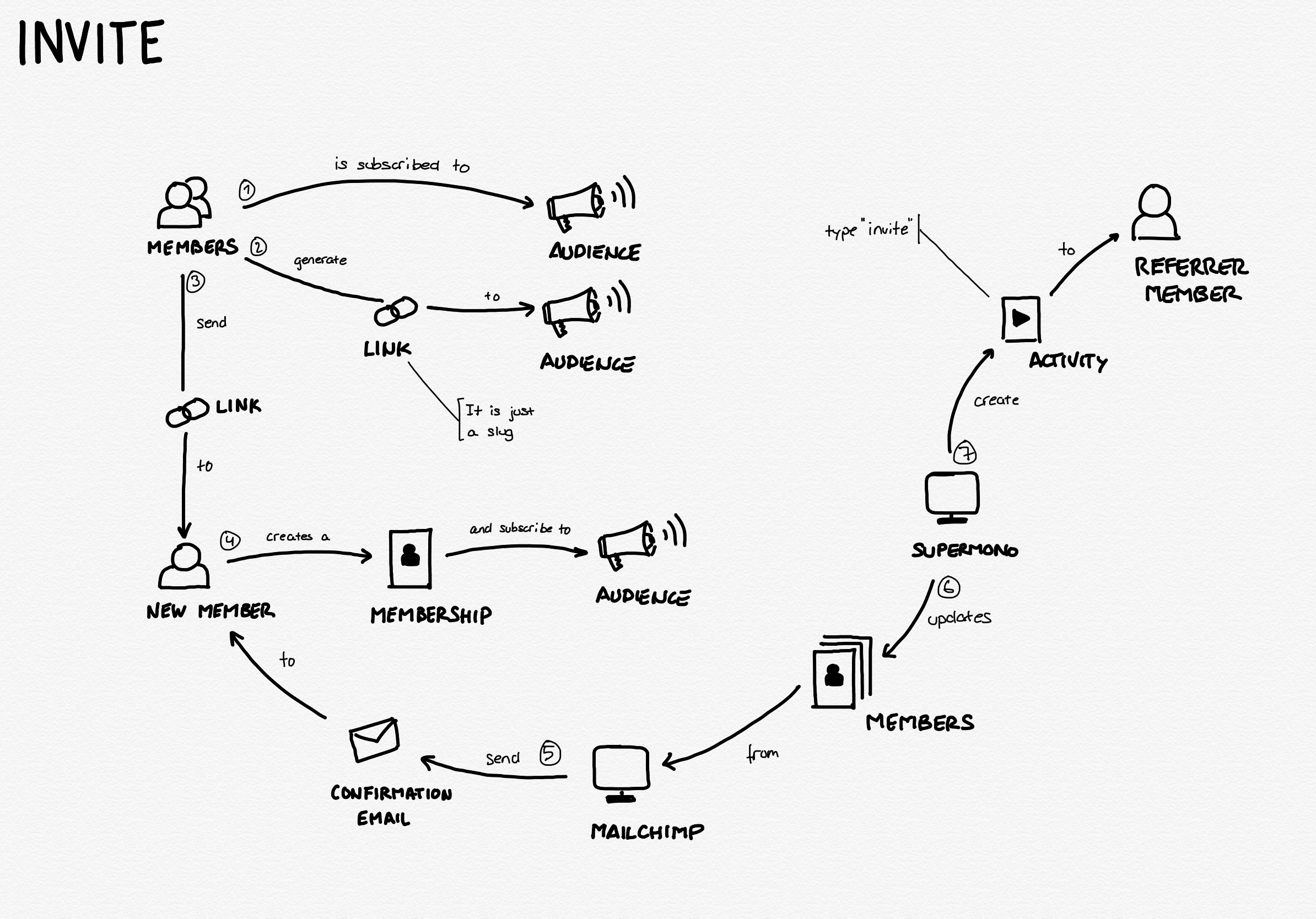Domain Storytelling

Some time ago, more than a year probably, a friend recommended me the Domain Storytelling technique. At first, it looks quite simple, and you could say that watching a few pages and examples you will dominate it. Not the case for me, it wasn’t until I read the book from Stefan Hofer and Henning Schwentner that I really understood it.
But before talking about the book, I would like to explain what it is in a nutshell.
The (very) basic elements
One thing that I liked is the level of freedom it allows. There are some basic structures, but besides that, you can use your own set of icons and styles. Also, it adapts to long-term documentation generated by CAD systems or just a fast ideation session on a whiteboard.
The basic elements are described in the following diagram.

Each element has a clear goal in the diagram.
An actor defines the point of view we are adopting for the diagram. Actors play an active role in the domain story, and they could be a person, a group of people, or a software system.
Work objects refers to the key entities or artifacts that are acted upon, created, or exchanged within the context of a domain or process.
An activity defines an interaction between different actors and work objects, and they are usually defined with a verb.
The sequence is a crucial element that defines the order in which the story occurs, defining which steps occur before others.
Annotations are not a mandatory element, but they are an invaluable tool to define corner cases and alternate paths. Keeping the diagram as simple as possible is better for people to understand the intention.
A real use
There is a difference between knowing the path and walking the path, so a real example is the best way to see the usefulness of this technique.
The following diagram contains the definition of the invite (referral) use case at Supermo.no.

As we can see, it is not a technical definition of the system, but a functional one. Describes the interactions between different actors, the work objects, and the sequence they follow. So any person could understand the process with low effort.
The book
It is a read I totally recommend, because it is pretty easy to read, and goes to the point, with a lot of real examples.
It starts with a definition from the different elements, continues with some real examples, and finally it explains different tools or facilitation techniques. Depending on what your goal is, you could put more attention to some chapters than others.
There are great tips, like when to repeat elements in the diagram, when and how to use annotations, or the level of detail of each diagram.
So, if you would like to learn more about this technique, I suggest you start reading this book :-)
Misc and references
- Photo from Blaz Photo in Unsplash